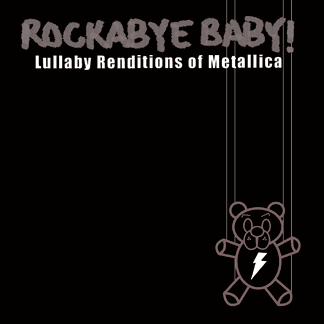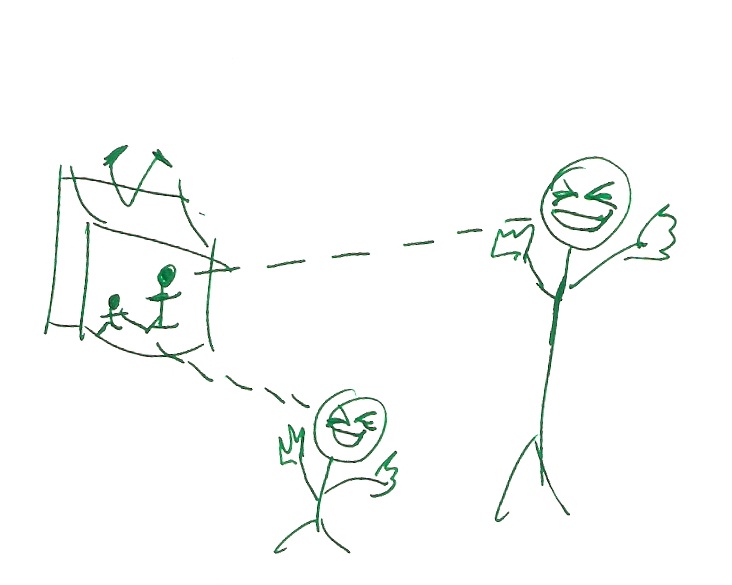Tiering
In 2001, the first two 'alternate reality games' (ARGs), commissioned by two different gaming studios, emerged [1]. Microsoft Game Studio commissioned _The Beast _to make Steven Spielberg's forthcoming film _A.I. Artificial Intelligence _seem a property that would appeal to gamers. The film was meant to be followed by Xbox games, and so the ARG was commissioned to "develop A.I. as an I.P. [intellectual property], as a world, as a context for building firstperson shooters, race games, gladiator games, chase games” (Sean Stewart in McGonigal, 2006, pp.267). McGonigal (2006, pp.268) continues:
According to Stewart, the central creative problem Microsoft Games Studio (MGS) faced in developing the A.I. license was the film’s apocalyptic ending, which did not intuitively suggest any possibility for future play.
That same year, Electronic Arts launched Majestic. ARG designer Dave Szulborski (2005, pp.113) notes that the design goals Jordan Weisman put forward for The Beast _were very similar to those Neil Young put forward for _Majestic. Designer Greg Gibson (2006) explains in retrospect the goal:
Our goal was, simply, this: create an online, story-driven game to satisfy the most casual of gamers--people who could only play in short bursts every now and then. At the same time, try to keep the hardcore gamers satisfied. After considering different game genre options and combinations--before I was hired, I think Majestic was originally going to be some kind of first-person shooter hybrid--EA and Neil Young (the head of the project) decided that an ARG was the right format for achieving that goal.
While _The Beast _attempted to provide a new artform to access the storyworld of A.I., _Majestic _also attempted to provide different levels of gameplay for different players. It is no coincidence that ARGs were created with these goals in mind and that they continue to provide for different audiences. In the journal essay I discuss some of the characteristics of ARGs that facilitate this goal, but here I'll delve into how ARGs since _The Beast _and _Majestic _target different players through 'tiering'.
1. Tiering
The term 'tier' is inspired from the image of 'tiered seating' in sports stadiums. At such events, people in the front row of events have a different experience to people in the back row (bleachers), and likewise for people who watch through a television broadcast. With tiered seating, we can imagine that people have a different experience of an event according to their location in the stadium (those at the front may perhaps feel blood splatter on their face!) while those at the back may strain to see the action or rely more on the big screens. Beyond proximity-based gradings of the audience experience, we can explore further to works that are targeted to audiences in different age-groups or with certain knowledge. An example are the _Rockabye Baby! _albums: they provide lullaby versions of rock music such as the Metallica lullaby album pictured in figure 1.
 |
|---|
Figure 1. Picture of Metallica lullaby album from Rockabye Baby! website (2008)
Other examples are found in television programmes that combine a range of genres with the aim of appealing to different audience interests. Or consider children’s story books, rides and movies that address both parent and child. For instance, 3D animated films with jokes and allusions for adults as well as children. I have included my amateur attempt at a 'visualisation' of such practices, which I hope will illuminate my point, whilst also obviously bringing you pleasure. :) [Refresh the page if for some reason the image isn't showing.]
 |
|---|
Figure 2. Visualisation of Parents and Children being addressed by different jokes in a film
In all of these examples there is content within a single medium that targets a particular audience segment, but there needs to be a distinction between works that offer completely different content to be experienced entirely by different audiences. At times 3D animated films may qualify as 'tiering' because there are adult-oriented moments that are not understood by the children, but what is important to note is that 'tiering' involves a choice. If everyone is forced to experience the same content then it isn't tiering. Tiering, therefore, describes (among other things) a choice of entry into a work, or world. Alternate reality games (ARGs) are an excellent example of this notion because some ARGs are created to offer a different way of experiencing a known entertainment property (like a film or game), ARG designers tier their content for players but also because the gameplay resources that players produce creates another tier for large-scale ARG audiences. To elaborate on tiering in ARGs, I've proposed some categories to help explain how it occurs:
| 1 Tier Levels: | World, Work |
| 2 Tier Source: | Initial Producer (Primary Producer), Experiencer (Player/Audience), Commentator (Media, Analysts, etc.) |
| 4 Tier Types: | Artform Tiering, Gameplay Style, Player Expertise, Geographic Tiering, Player Engagement... |